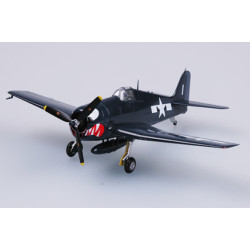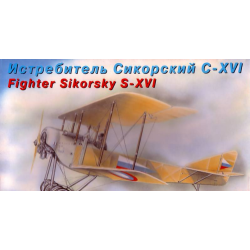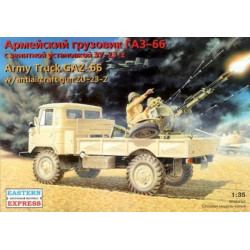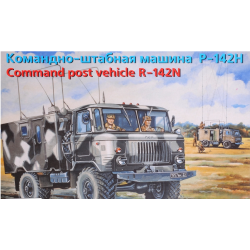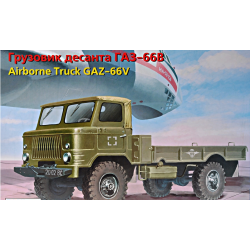-550x550w.jpg)
Bell P-63C Kingcobra France
1/72 Aircrafts, Planes
Eastern Express EE72141
Manufacturer: Eastern Express
Scale: 1/72
Material: Plastic
Paint: Unpainted, Unassembled, Kit do not contain paints and glue.
Condition: New in Box
The Bell P-63 Kingcobra was a United States fighter aircraft developed by Bell in World War II from the Bell P-39 Airacobra in an attempt to correct that aircraft's deficiencies. Although the aircraft was not accepted for combat use by the United States Army Air Forces, it was successfully adopted by the Soviet Air Force.The first version to be supplied in quantity to the USSR was the P-63A-7 with a higher vertical tail, and reinforced wings and fuselage. The fuselage proved to require strengthening, consequently in October 1944, a reinforcement kit for operational P-63s was developed.Air Transport Command ferry pilots, including U.S. women pilots of the WASP program, picked up the planes at the Bell factory at Niagara Falls, New York, and flew them to Great Falls, Montana and then onward via the Northwest Staging Route through Canada to Alaska, where Russian ferry pilots, many of them women, would take delivery of the aircraft at Nome and fly them to the Soviet Union over the Bering Strait via the Alaska-Siberia route (ALSIB). A total of 2,397 (2,672, according to other sources)such aircraft were delivered to USSR, out of the overall 3,303 production aircraft (72.6%).The Soviets developed successful group aerial fighting tactics for the Bell fighters and scored a surprising number of aerial victories over a variety of German aircraft. Low ceilings, short missions, good radios, a sealed and warm cockpit and ruggedness contributed to their effectiveness. To pilots who had once flown the tricky Polikarpov I-16, the aerodynamic quirks of the mid-engined aircraft were unimportant. In the Far East, P-63 and P-39 aircraft were used in the Soviet invasion of Manchukuo and northern Korea. In the Pacific theatre, the Kingcobras flew escort, close air support and ground attack missions. The Soviet P-63s achieved their first air victory on 15 August 1945, when Lejtenant I. F. Miroshnichenko from 17th IAP/190 IAD, shot down a Nakajima Ki-43 Hayabusa Army fighter off the coast of North Korea.The RAE first tested it in an “as delivered†configuration. The wing airfoil was designed to be capable of supporting laminar flow to 60% of chord. In the “as delivered†configuration, a profile drag was measured which was representative of the wing section with boundary layer transition at the leading edge (0% laminar flow). Reducing the surface roughness reduced the drag at low lift coefficients to a level representative of laminar flow to 35% of chord.
| General Product Info | |
| Material | NOT SET |
| Scale | 1/72 |
| Type | NOT SET |
We have the lowest worldwide shipping. And it's totally simple.
EUROPE, USA, CANADA TURKEY, ISRAEL, EGYPT, UE CHINA, JAPAN, HK, S.KOREA | AU NZ MX South America, Asia | |
| Order weight up to 0.22kg or 0.48lb | US$ 8.90 | US$ 8.90 |
| Order weight up to 0.44kg or 0.97lb | US$ 13.95 | US$ 17.90 |
| Order weight over 0.44kg or 0.97lb | US$ 19.99 | US$ 29.99 |
| Order total over $150 | FREE | PROMO US$ 19.99 |
Shipping to some countries not qualifies for the free shipping option but costs not over $29.99 for any sized order. Sorry for that, your location is too far.
- Stock: Out Of Stock
- Model: EE72141
- Weight: 0.55lb
- DATE ADDED: 20/01/2015
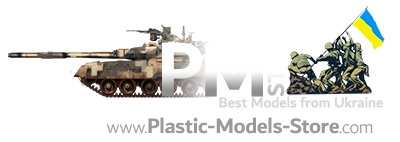




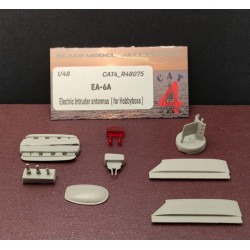
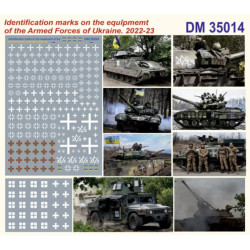

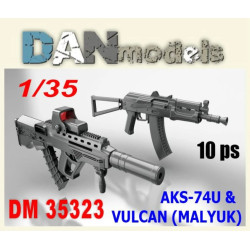





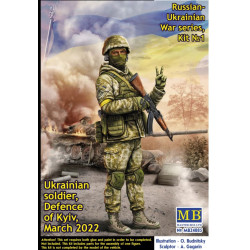




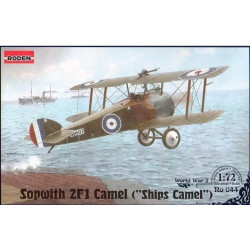



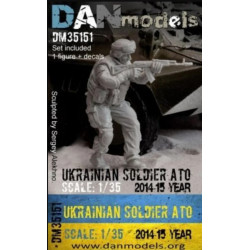

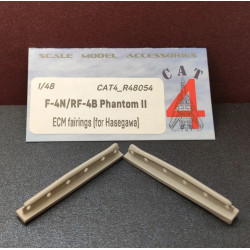
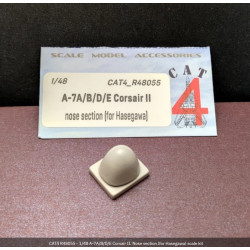


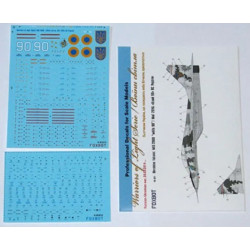



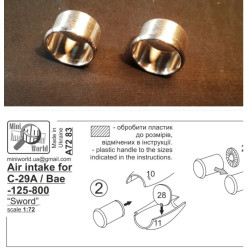

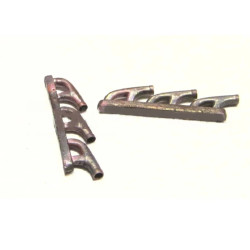
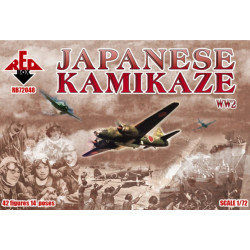



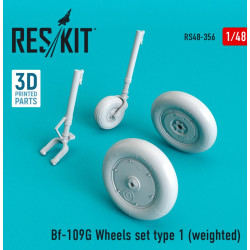
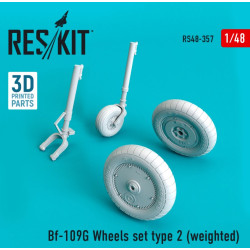

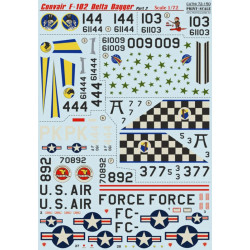

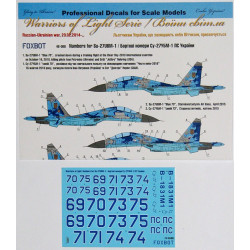
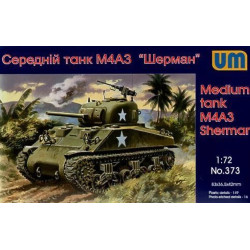












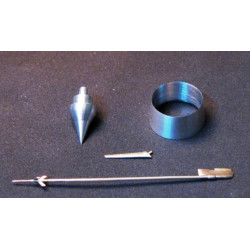
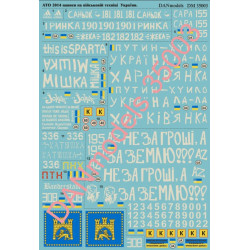
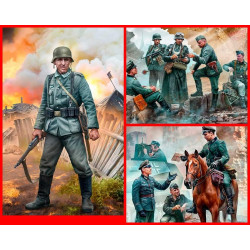
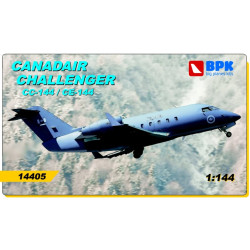
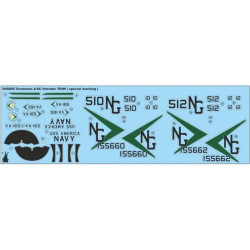

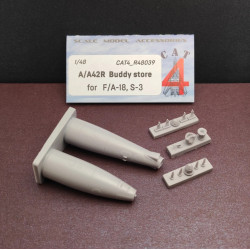
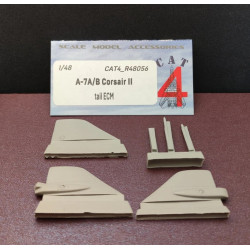
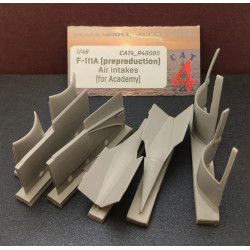
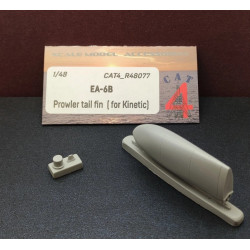
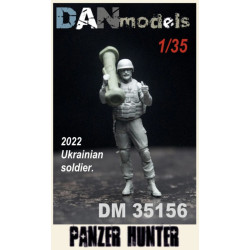

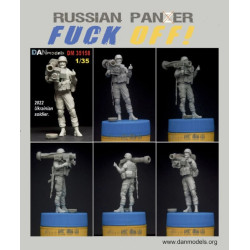

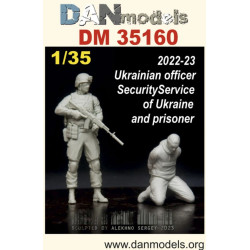
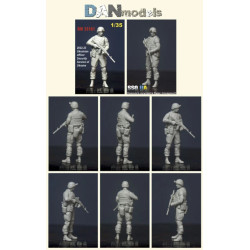
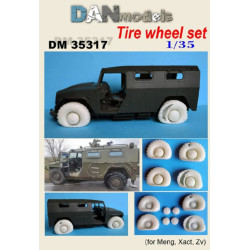
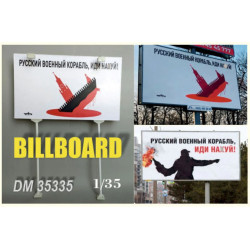
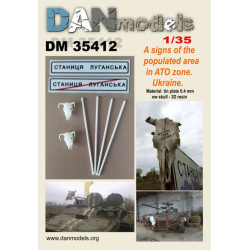


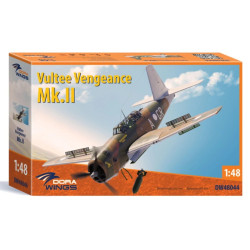

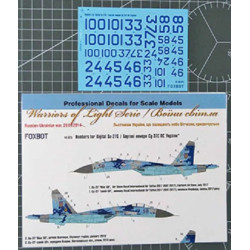

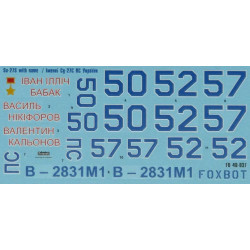
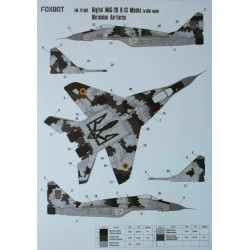




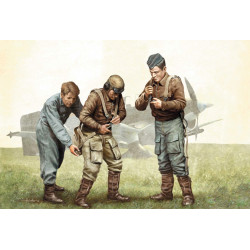

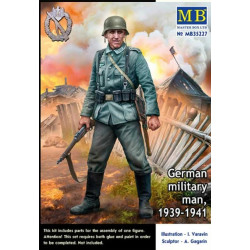
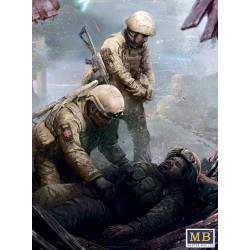



















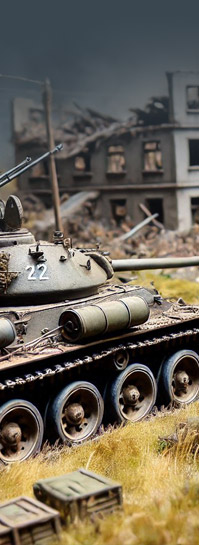

-250x250w.jpg)
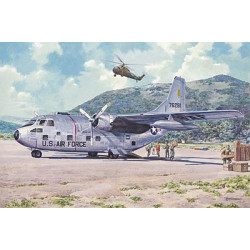
-250x250w.jpg)

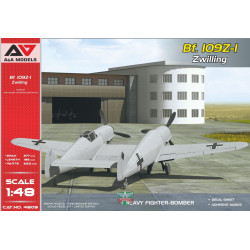
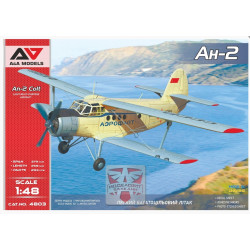

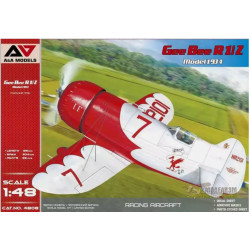

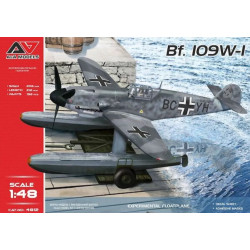


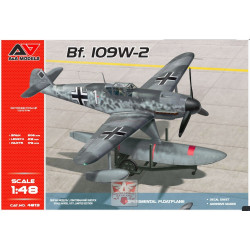

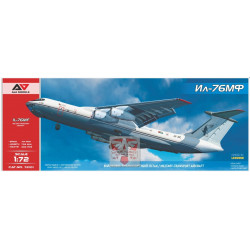

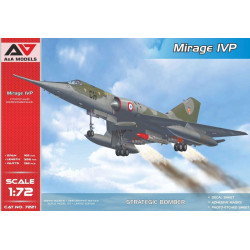

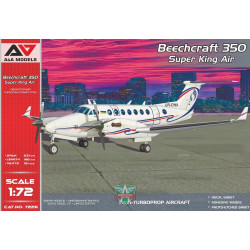
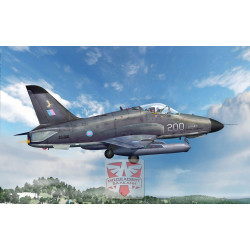
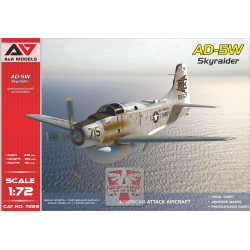
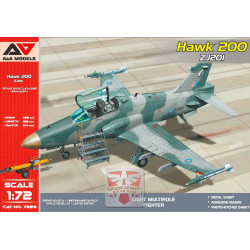
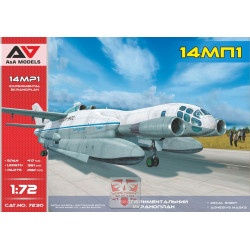

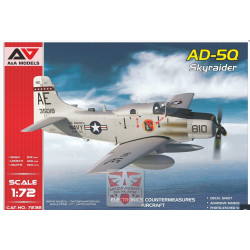

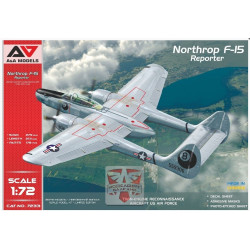

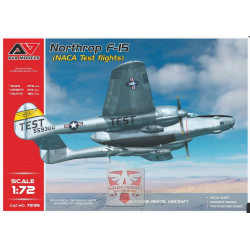



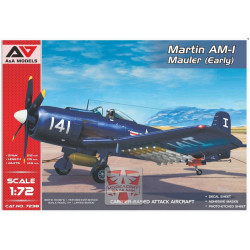

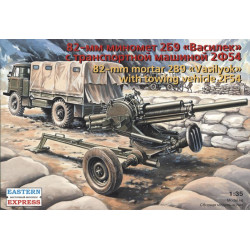
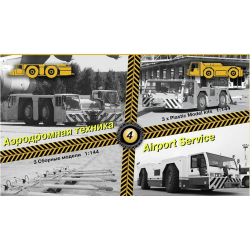
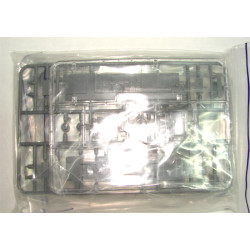
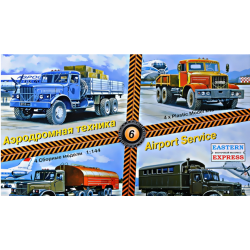
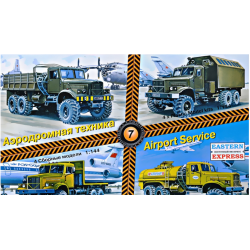
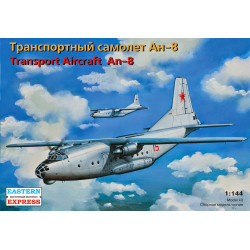
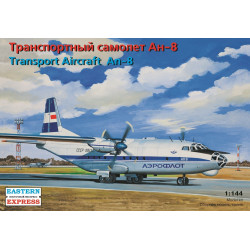
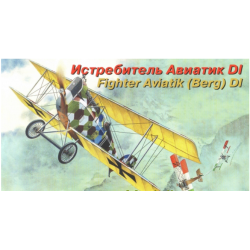
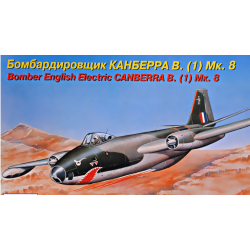
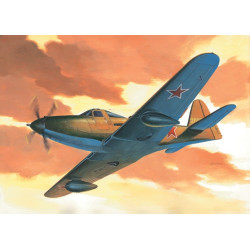
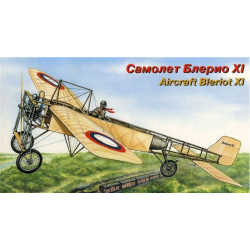
-250x250w.jpg)

